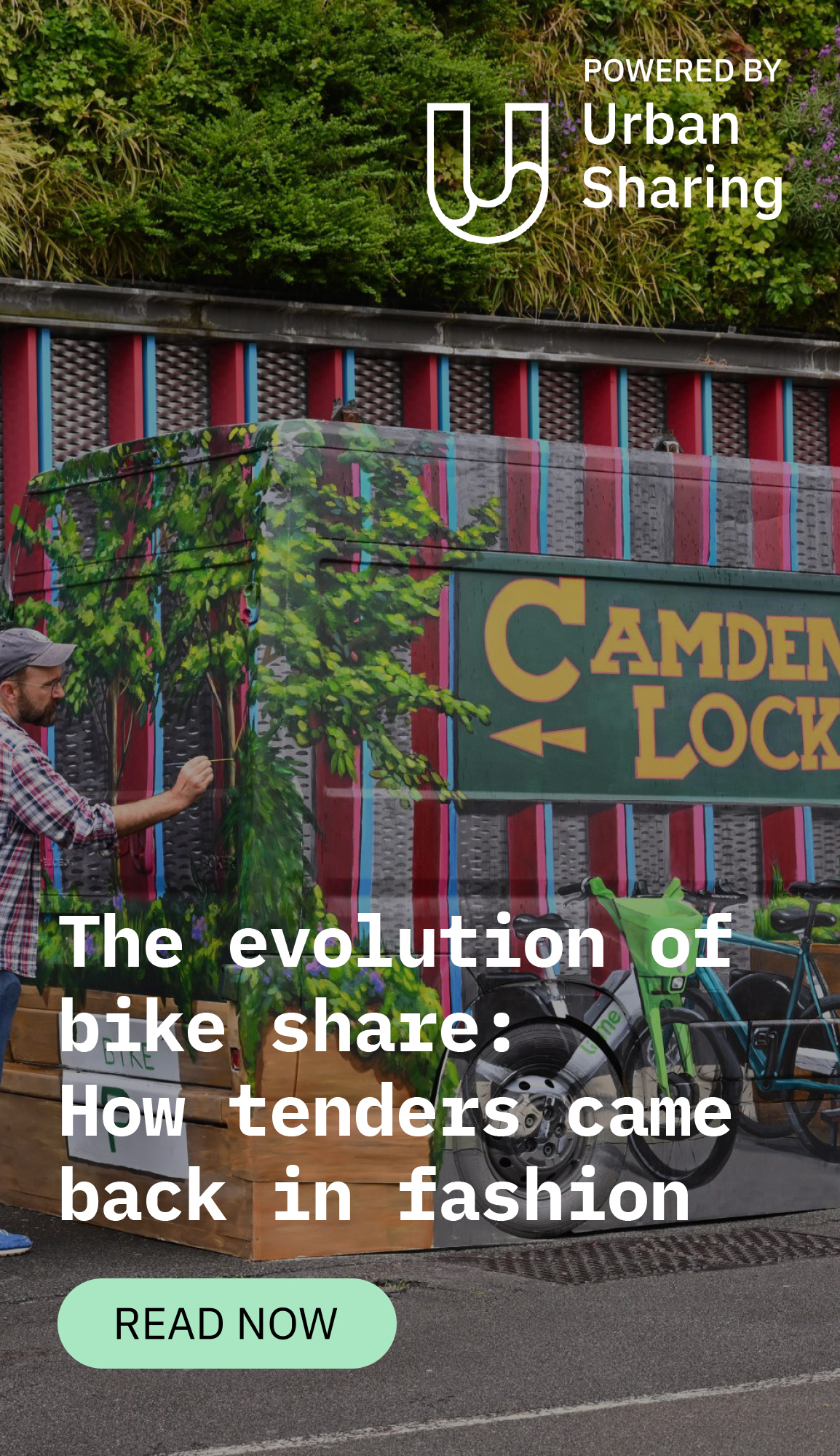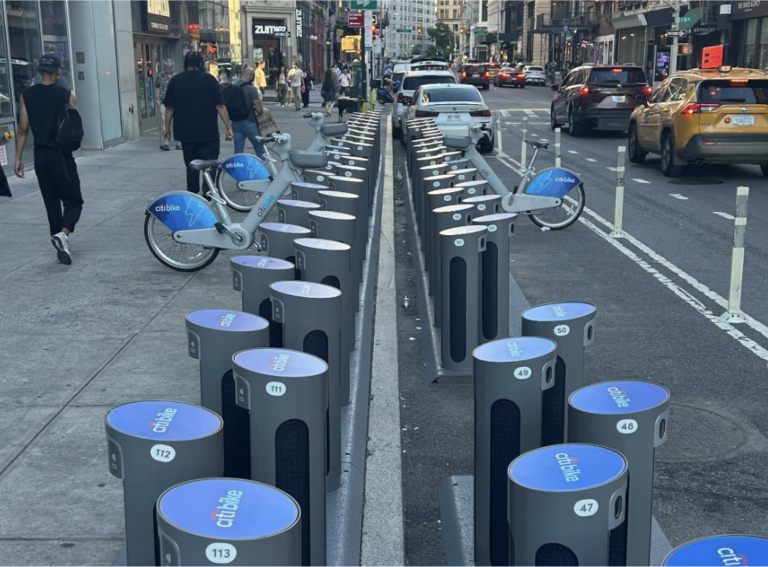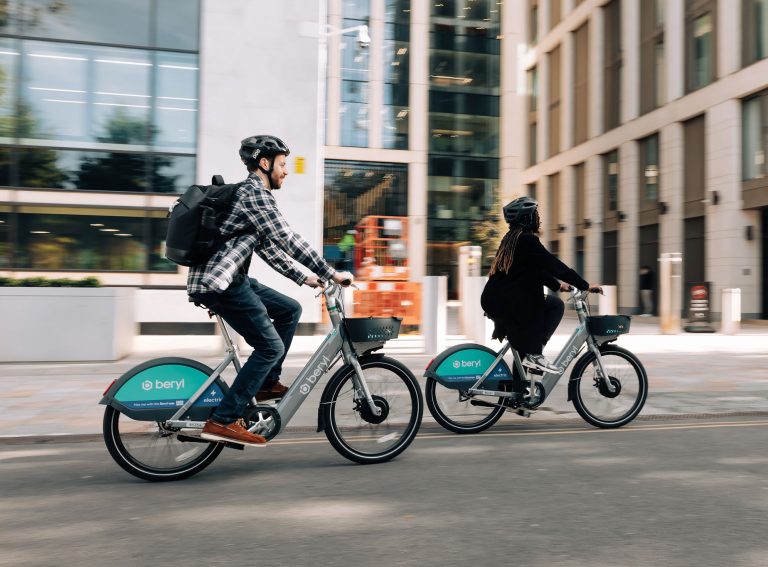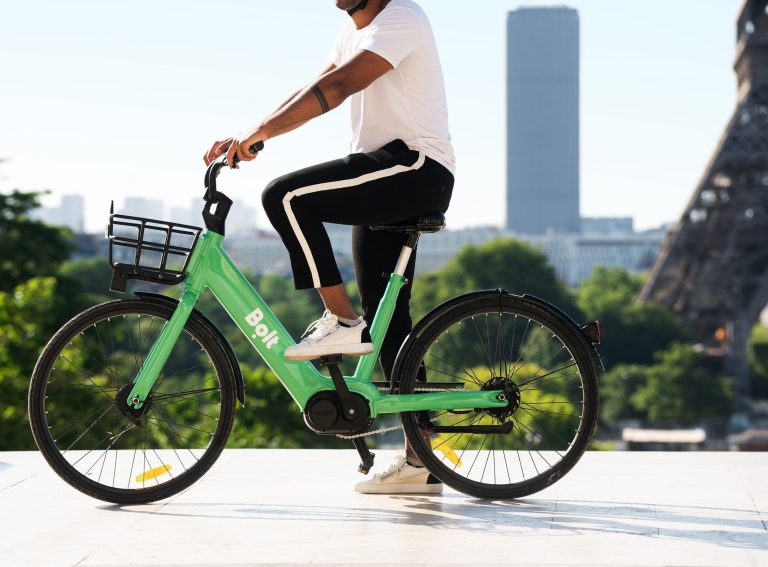Authors: Yaniv Rivlin, Head of EMEA Government Partnerships and Regional General Manager at Bird, and Daniel McCarthy, Assistant Professor of Marketing at Emory University’s Goizueta Business School.
Improving transportation access is not just about mobility – it has many secondary benefits, and in economic terms, these can be significant.
This is one of the most compelling findings that has emerged after four years of shared micromobility growth across Europe, North America and much of the rest of the world.
This logic makes intuitive sense: with more mobility freedom and fewer traffic and parking challenges (never mind the costs associated with owning and maintaining a car in a dense city), e-scooter users are more likely to explore a city, grab a bite to eat somewhere or do a little impulse shopping – something we are seeing right across Europe, Israel and elsewhere. But it’s only now that someone has begun running the numbers to substantiate whether and to what extent this narrative is true.
Analysis (currently going through the academic peer review process) by Daniel McCarthy, Assistant Professor of Marketing and co-author Kyeongbin Kim PhD student, at Emory University’s Goizueta Business School implies that introducing an e-scooter program into a city generates meaningful incremental spending. This is particularly true for the local food sector—restaurants, snack and non-alcoholic beverage stores and grocery stores.
Daniel McCarthy: Using data about e-scooter riding behaviour about companies such as Bird in Atlanta, Austin, San Francisco and Washington DC, we estimate that over $1,000 was created for each e-scooter deployed in these cities. Moreover, this spending is coming from individuals who live in these cities, not tourists—a trend we expect to hold more generally across other cities around the world.
Bird survey data also supports these findings. In survey after survey, a consistent thread continues to emerge from riders; the availability of shared e-scooters make them considerably more likely to spend money locally.
In Atlanta, nearly 70 per cent of Bird riders reported visiting a local business on their most recent trip, with 86 per cent of these respondents reporting that scooter access made them more likely to do so. In Nashville, those numbers were reversed: 81 per cent of riders reported visiting a local business on their last trip, with three-quarters of them saying access to Bird made them more likely to do so. We see this pattern of rider responses repeated throughout the US and Europe.
Even business owners themselves have reported seeing the significant difference. As the city of Red Deer in Alberta, Canada hibernated its shared e-scooter program for the winter, local business owners and staff members were quick to point out the positive impact micromobility had made on their bottom lines.
“The e-scooters had a positive impact immediately,” said Tribe restaurant manager Brandon Bouchard. “The day after they arrived, we saw an increase in revenue and people exploring the downtown.”
“I saw lots of business with them,” added Catherine Robb, owner of Housewarmings gift store. “It brought people downtown and I loved everything about them.”
At a time when traditional means of public transit are less available or perceived to be riskier from a health perspective for some and financial conditions are strained for many individuals, these previously unstudied benefits of micromobility are especially relevant.
How can cities and small businesses encourage riding to spur on spending:
- Cities that have not allowed e-scooters to operate may want to revisit their positions. To the extent that they were on the fence before the pandemic hit, the benefits of micromobility as a socially distanced mode of transportation that supports the local economy may make a program more appealing, on the margin. Even with a moderate fleet size (200 to 500 scooters), the data indicate that local businesses can benefit from as much as $1,000,000 in incremental spending annually.
- Cities that have already allowed e-scooters to operate could consider increasing the maximum number of e-scooters that they allow to operate in a city, within reason. Our research suggests that increases in e-scooter deployments, on the margin, drive increased local food sector spending.
- Small businesses should consider showing their support for e-scooter programs by reaching out to their legislators and considering their own spots for scooter parking in cities where micromobility services are already available.











